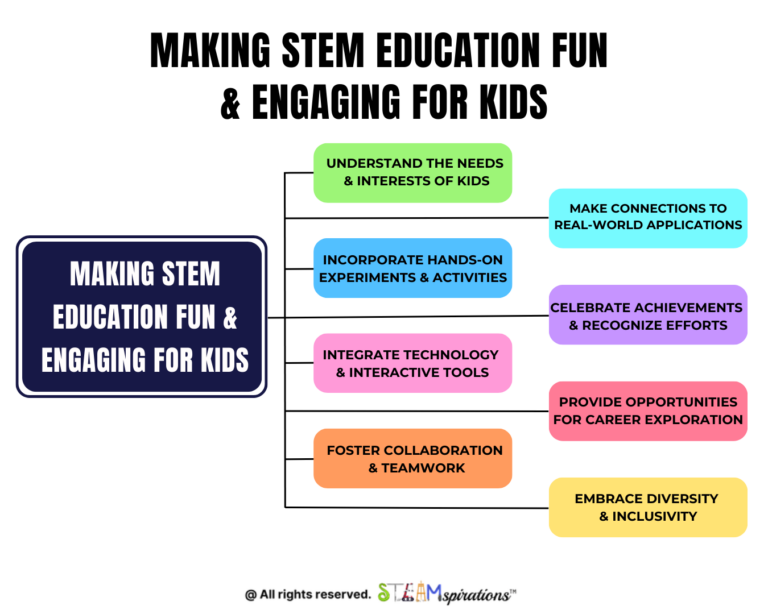Are you ready to take your teaching to the next level? Do you want to create a classroom environment that inspires and empowers your students to achieve their full potential? Then you’re in the right at the right place! In this article, we will reveal seven highly effective teaching strategies that will help you transform your classroom into a dynamic and exciting learning environment. From integrating higher-order thinking to incorporating hands-on learning, these strategies will revolutionize the way you teach and leave a lasting impact on your students. Get ready to discover how to create unforgettable learning experiences that will spark your students’ curiosity and drive their academic success. So buckle up, and let’s dive into the seven game-changing teaching strategies!
- Integrate Higher-Order Thinking in Lessons
A study by Minner, Levy, & Century (2010) found that inquiry-based learning leads to improved student achievement and motivation.To integrate higher-order thinking in your lessons, you could use inquiry-based learning. For example, if you’re teaching a science class, you could start with a question, such as “What is photosynthesis?” Then, you could have your students work in small groups to research the topic and present their findings to the class. By integrating inquiry-based learning in your lessons, you can help your students develop critical thinking, problem-solving, and research skills that will help them in all areas of their lives.
- Group Students by Ability and Provide Differentiated Instruction
A study by Tomlinson (2000) has shown that differentiated instruction can lead to improved student performance. To group students by ability and provide differentiated instruction, you could create learning centers that cater to different learning styles. For example, in a language arts class, you could create a reading center, a writing center, and a listening center. Each center could be designed to cater to a specific learning style, such as visual, auditory, or kinesthetic. By doing so, you can help each student take ownership of their goals and boost accountability.
- Encourage Goal-Setting
Research by Locke & Latham (2002) has shown that goal-setting improves academic performance and motivation. To encourage goal-setting, you could have your students set both short-term and long-term goals for their academic achievements. For example, in a math class, you could have your students set a short-term goal of mastering multiplication tables by the end of the week and a long-term goal of achieving an A on their math test at the end of the semester. By encouraging goal-setting, you can help your students develop a growth mindset and take ownership of their learning.
- Enhance Engagement in Learning
Research by Fredricks, Blumenfeld, & Paris (2004) indicates that student engagement is positively correlated with academic achievement and student well-being. To enhance engagement in learning, you could use technology to make your lessons more interactive. For example, in a social studies class, you could use a virtual reality app to take your students on a virtual tour of a historical site or monument. By doing so, you can make your lessons awesome for your students and improve memory retention and overall learning.
- Create Interactive Activities
Research by Means et al. (2013) has shown that technology-enhanced learning can lead to better student outcomes. To create epic activities, you could design a project that taps into your students’ interests and motivations. For example, in an art class, you could have your students create a mural that showcases their favorite hobbies or interests. By designing the project to be relevant and meaningful to your students, you can foster an environment of active learning and promote effective learning.
- Encourage Collaboration and Group Work
A study by Johnson, Johnson, & Smith (1991) supports that collaborative learning can improve student achievement and critical thinking skills. To encourage collaboration and group work, you could have your students work in small groups to solve a problem or complete a task. For example, in a history class, you could have your students work in groups to research and present a topic related to a specific historical event. By encouraging collaboration and group work, you can promote a sense of community in your classroom and create a collaborative learning environment.
- Incorporate Hands-On Learning
Research by Freeman et al. (2014) has shown that hands-on learning has been proven to enhance students’ understanding and retention of knowledge. To incorporate hands-on learning, you could use experiments or projects to help your students understand scientific concepts better. For example, in a science class, you could have your students conduct experiments to learn about the properties of different materials. By incorporating hands-on learning, you can help your students develop practical skills and promote a deeper understanding of the subject matter.
By implementing these strategies, you’ll be able to unleash your students’ potential and inspire them to achieve academic success. So what are you waiting for? It’s time to put these teaching strategies into action and transform your classroom into an exciting and dynamic learning environment. Your students deserve nothing but the best, and you have the power to make it happen!

